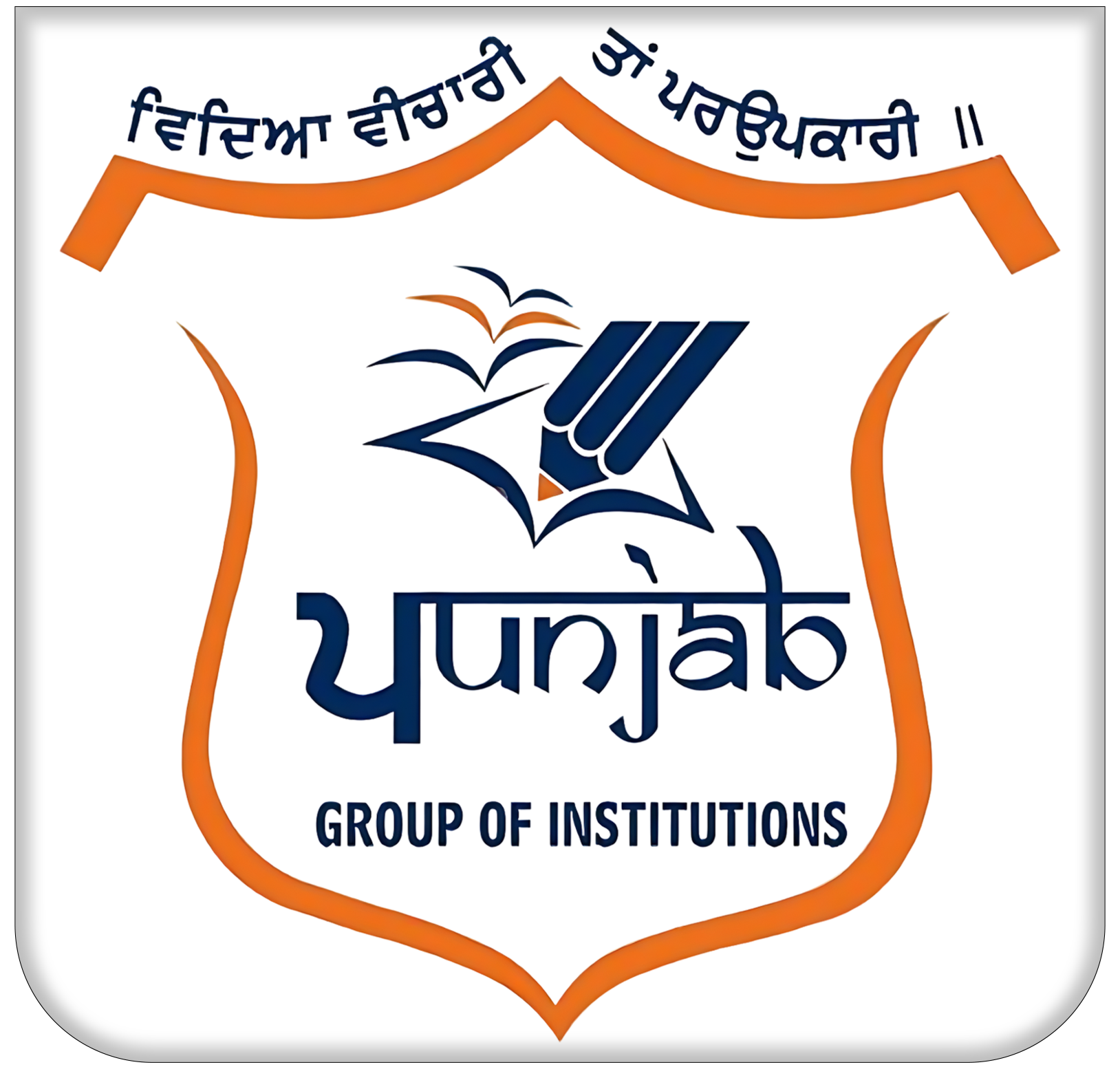Anti-Ragging
Regulations on Curbing the Menace of Ragging
Ragging is a criminal offence as per the Supreme Court verdict. Ragging is an offence under penal code and under section 116 of the Karnataka Education Act, 1983 (Karnataka Act No.1 of 1995), which define ragging as: “Causing, inducing, compelling, or forcing a student, whether by way of practical joke or otherwise, to do any act which detracts from human dignity or violates his/her person or exposes him/her to ridicule from doing any lawful act. By intimidating, wrongfully restraining, wrongfully confining, or injuring him or by using criminal force on him/her or by holding out to him/her any threat of intimidation, wrongful confinement, injury or the use of criminal force.”
“Ragging in all its forms is totally banned in within PDC or outside and in all means of transportation of students whether public or private. PDC shall take strict action including but not limited to criminal proceeding and/or cancellation of admission against those found guilty of ragging and/or of abetting ragging and the burden of proof shall hereby lie on the perpetrator of alleged ragging and not on the victim. An offence of Ragging may be charged either on a written complaint by the affected or on independent finding of the Anti-Ragging Squad. The Institution is bound by the “UGC Regulations on Curbing the Menace of Ragging in Higher Educational Institutions 2009.” Available at www.ugc.ac.in/ragging.html.
PDC has established an anti-ragging cell to curb and control the incidents of ragging. This cell comprises of Heads, Teachers and Student Volunteers. All cases of ragging or any other such activity will be referred to this cell for prompt and strict disciplinary action against the defaulters. An affidavit from the students & their parents is undertaken, before start of new session along with the registration form, that if any student found involving in ragging he/she will be punished harshly.
Punishable Ingredients
- Abatement / instigation to ragging
- Criminal conspiracy to rag
- Unlawful assembly and rioting while ragging
- Public nuisance created during ragging
- Violation of decency and morals through ragging
- Injury to body, causing hurt / mental trauma or grievous hurt
- Wrongful restraint
- Wrongful confinement
- Use of criminal force
- Assault as well as sexual offences or unnatural offences
- Extortion
- Criminal trespass
- Offences against property
- Criminal intimidation
- Attempt to commit any or all of the above-mentioned offences against the victim
- Physical or psychological humiliation
- Any act / abuse by spoken words, e-mails, snail mails, blogs, public insults etc.
- Any act that prevents, disrupts, or disturbs the regular academic activity of a student
- All other offences following from the definition of “Ragging”.
- Attempt to commit any or all of the above-mentioned offences against the victim
“Technology will never replace great teachers. But technology in the hands of teachers is transformational.”

